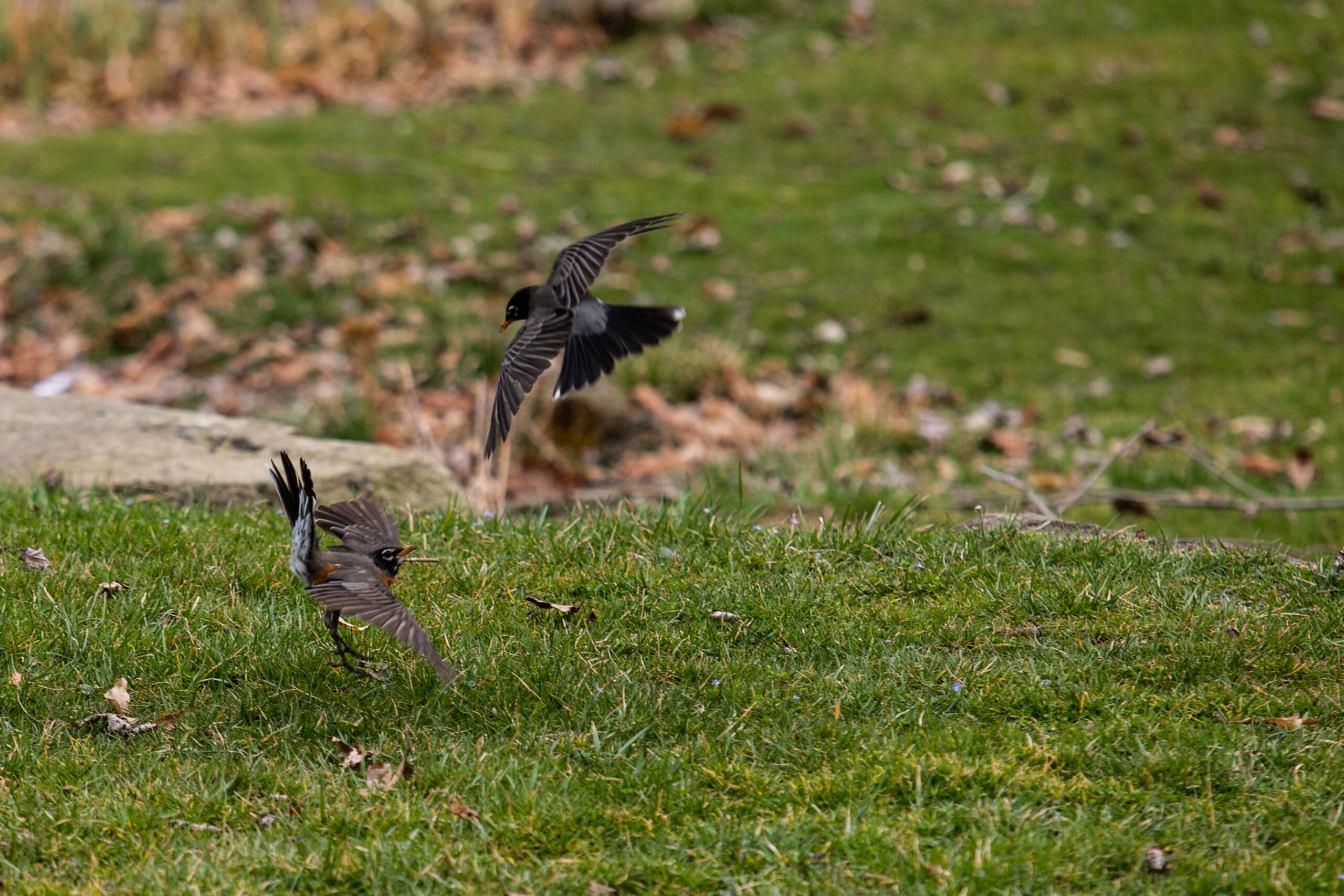
Karen Mammone often finds herself outside, with her camera and binoculars, during her free time — just in case she gets a glimpse of a feathered beauty.
Birding in Southeast Ohio is a common activity.
Local hot spots include:
Local Bird-watchers
Mammone, a biology professor at Ohio University, is part of a local bird-watch group, the Athens Area Birders. Prior to the pandemic, the Athens Area Birders would hold educational seminars as well as locally led bird outings.
She has had a passion for bird-watching for around seven years now. She started small: As any new birder would do, she would look at birds in her backyard or go to local hot spots.
It wasn’t until she went to a festival right off Lake Erie, called The Biggest Week in American Birding, that her love and drive for birds skyrocketed.
“I went to this festival, and I got exposed to all these birds, and I was like, ‘OK, I’m hooked,’” Mammone says.
The Biggest Week in American Birding
The Biggest Week in American Birding is usually at the beginning of May on the edge of Lake Erie in Northwest Ohio, just in time for spring migration. Migrating birds will stop to fuel up at the lake for a day or two.
“You’ll have a huge concentration of birds that you don’t usually see before they fly over,” Mammone says.
This event attracts a lot of avid bird-watchers across the state of Ohio in hopes that they will get to see new species and hear new songs.
Spark Bird
Mammone says most people have a “spark bird,” or a bird that kickstarts their interest in birding. Often, birders will ask other birders what their spark bird is or which bird made them want to learn more about a certain species. As for her, she says she has a spark group: warblers. These bird species are small songbirds, bright and colorful with unique songs.
“Even if you weren’t a birder, you would love it,” Mammone says.
Warblers are one of the various types of birds whose distinct song can be heard before the bird is spotted. Some birders don’t necessarily go out looking for different birds but, instead, listen to the distinctive songs of each bird to identify them.
“When you actually get really into birding, you start birding by sound and sight. In fact, you can go out and, some days when you don’t see much, all of your birding might be by songs and calls,” Mammone says, adding it’s not always easy.
eBird
The Cornell Lab of Ornithology tracks data to assist bird research and conservation efforts through an app called eBird.
eBird’s features include:
- Track list of birds seen
- Share list with other birders
- Connect with birders all over
- View pictures and audio recordings of different birds
This app can help birders in the same community keep each other up to date with what birds they heard or saw and also allows users to compete against one another to see who spots the most species.
Once a year, there is a Great Backyard Bird Count in which everyone is challenged to spot as many different species as they can and log them. The Great Backyard Bird Count celebrated its 25th anniversary of collecting data in February 2022.
Local Projects
Joe Brehm is the environmental education director at Rural Action and part of the Athens Area Birders. He and around 15 volunteers have put up 60 nest boxes around Athens and Hocking County, and some are placed on the Hockhocking Adena Bikeway. The nest boxes are set in place to attract the prothonotary warbler.
“It’s a bird that is otherwise pretty hard to find, but if you walk the bike path … you’re almost guaranteed to see some in the late spring and summer,” Brehm says.
Mental Health Benefits of Bird-watching
Being outside has educational and mental health benefits, Brehm says, especially when doing an activity such as birding that doesn’t require much besides patience and concentration.
Rural Action is making it a priority to get people outside and learn again after the ongoing pandemic. A festival called Birds in the Hills, which takes place in Hocking County, is a family-friendly weekend learning about the birds in Southeast Ohio.
“A deep knowledge about birds can and should lead to questions about other species that the birds rely on,” Brehm says.
Birding teaches people about how all of the elements in an ecosystem depend on one another. A person can learn a lot just by stepping outside.
One thing is for certain: Birds will make their presence known. Often, the human ear will catch the bird’s song before the eye sees the one behind it.